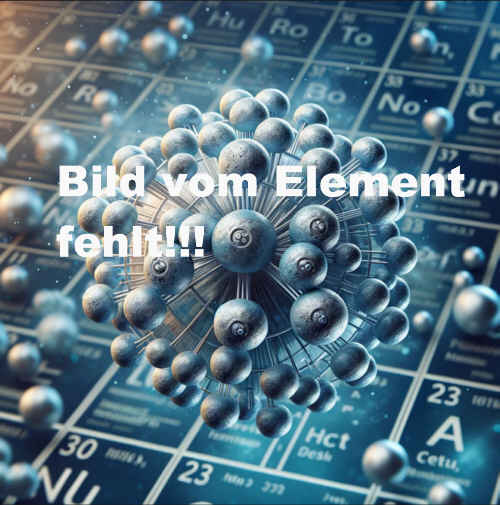
Chemische Elemente
Meitnerium
(Mt)

Allgemeine Einordnung
Meitnerium hat im Periodensystem die Ordnungszahl 109.
Er wurde nach der österreichisch-schwedischen Physikerin und Mathematikerin Lise Meitner benannt.
Eigenschaften
Meitnerium ist ein künstlich hergestelltes Element, welches sehr kurzlebig und radioaktiv ist. Da dieses
Metall eine sehr gering Halbwertszeit besitzt, ist über die Eigenschaften nicht viel bekannt.
Herstellung
-
Verwendung
-
Entdecker
-